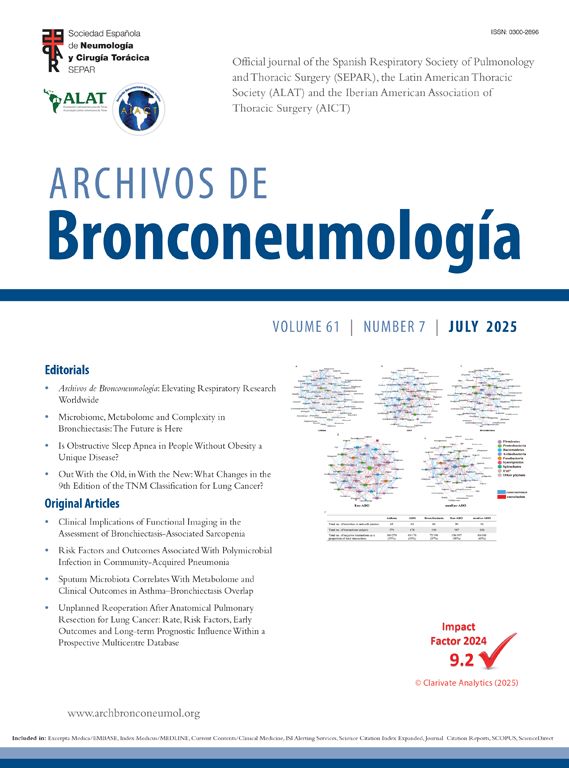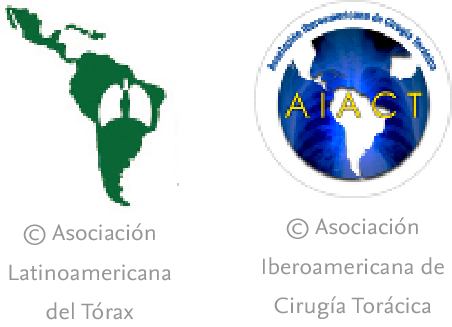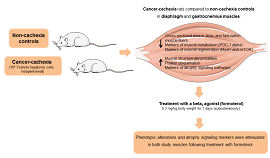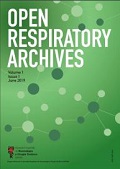A 58-year-old man with smoking habits and a 100-pack-year smoking history, presented with a six-month history of weight loss, asthenia and night sweats. Physical examination revealed respiratory distress, cachexia, supraclavicular adenopathies and thickened velvety palms with pronounced folds (Fig. 1). A thoracoabdominopelvic computed tomography scan revealed extensive parenchymal consolidation on the right inferior lung lobe. Biopsy was compatible with acinar adenocarcinoma of the lung. Acquired pachydermatoglyphia, also known as Tripe palms, is marked by thickened, velvety palmar ridges resembling intestinal villi.1 In most cases this condition is associated with the presence of a solid tumor, most commonly in the gastrointestinal tract (30%) or lung (20%).2 This paraneoplastic syndrome may manifest independently, most frequently in association with pulmonary carcinoma, or concurrently with malignant acanthosis nigricans, in which case gastric carcinoma is the malignancy most commonly implicated.3,4 Epidermal growth factor (EGF), likely secreted autocrinely by tumor cells, is thought to contribute to the pathogenesis of tripe palms by promoting epidermal hyperproliferation, a hypothesis supported by elevated plasma levels and clinical improvement following tumor treatment.5 Early recognition of tripe palms is essential, as this paraneoplastic dermatosis may precede or coincide with cancer diagnosis, enabling earlier detection and improved outcomes.
All authors contributed equally for the manuscript.
Consent StatementWritten informed consent was obtained from the patient for the publication of this case report and accompanying images.
Artificial Intelligence InvolvementThe authors declare that no artificial intelligence software was used in the preparation of this manuscript.
FundingThis work received no funding or third-party support.
Conflict of InterestThe authors declare no conflicts of interest.
We would like to acknowledge Dr. Cecília Alves and Dr. Teresa Falcão.











